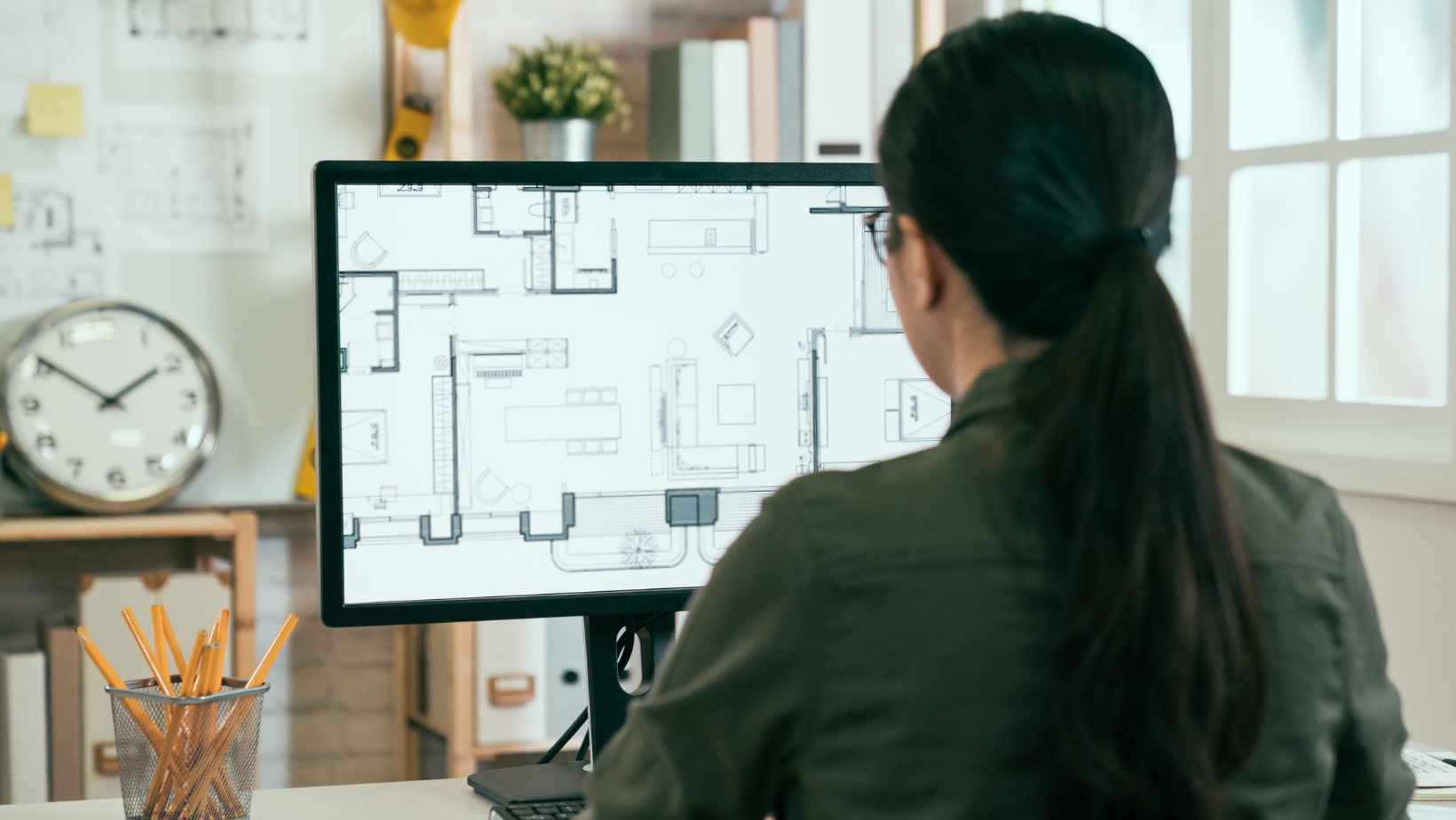Picture this: You’re about to embark on a life-changing adventure, but there’s no map to guide you. Or, you’re trying to navigate a complex system without any directions. That’s what building a structure would be like without detailed, precise construction drawings. In the realms of architecture and engineering, drawings serve as the essential blueprint for every project, unlocking the doors to understanding a building’s structure, layout, and details before even a single brick is laid.
Construction drawings are more than just ink on paper; they’re the visual language that connects the team with stakeholders like architects, engineers, and the building department. They ensure everyone involved in the construction process is on the same page, working harmoniously toward a common goal.
So, let’s dive deep into the world of construction drawings and see how mastering their art can lead to creativity and unparalleled success in the industry.
The Secret Sauce: Diverse Types of Drawings
There’s a plethora of construction drawings, each serving a unique purpose and catering to different aspects of the architectural and engineering domains. The secret sauce lies in understanding the role each type of drawing plays in bringing your project to life.
a) Architectural Drawings: The Visionaries
Floor plans, elevations, and design drawings form the core of architectural drawings. These visual masterpieces showcase the aesthetics, layout, and space of a building, serving as a compass for the proposed design and ensuring it meets building codes. Plan drawings help to visualize the house, providing a clear view of how the space will be utilized.
b) Structural Drawings: The Unsung Heroes
Focusing on the building’s skeleton, structural drawings reveal the walls, floors, and structural components that hold everything together. Prepared by structural engineers, they’re pivotal in determining the building’s stability and strength. A well-executed structural drawing ensures that the house can withstand the test of time.
c) Electrical Drawings: The Lifeblood
These drawings illuminate the electrical system layout, making certain that every house or building has the proper wiring and services.
d) Mechanical Drawings: The Workhorses
Mechanical drawings delve into the heating, ventilation, and air conditioning (HVAC) systems, plumbing, and other installations critical for a building’s functionality. Plumbing drawings, for instance, provide a visual representation of the intricate water supply and waste disposal systems.
e) As-built Drawings: The Guardians
As the final, updated set of drawings created after construction, as-built drawings document any changes or modifications, ensuring accurate records for future reference.
It’s All in the Details: The Power of Components and Lines
The magic of construction drawings lies in the details, components, and lines that convey vital information to the team. These elements provide a crystal-clear graphic representation of the design, materials, and construction methods employed in the project.
Technical drawings like engineering and detail drawings unveil the components and connections between the building’s elements, such as foundations, framing, and roofs. Detailed drawings empower the team, helping them grasp the intricate aspects of the construction process and carry out the project with laser-like precision.

Technology: The Game Changer
Today’s fast-paced world demands cutting-edge technology. Computer-aided design (CAD) software has revolutionized the creation and management of construction drawings, boosting efficiency and minimizing errors.
Software applications like AutoCAD, Revit, and SketchUp have transformed architectural drawing and design, enabling seamless collaboration between team members and improving the overall construction process. These tools deliver a comprehensive solution for crafting and managing drawings, from basic sketches to intricate, multi-layered documents.
Context and Documentation: The Pillars of Success
Location breathes life into construction drawings, providing context for the design and helping the team understand the project’s relationship with its surroundings. Site plans and location maps are essential components of the documentation process, offering invaluable insights into existing conditions, utilities, and other site-specific factors.
Documentation serves as the project’s backbone, containing all the necessary information, from architectural and engineering drawings to permits and approvals. Proper documentation ensures a seamless construction process and enables the team to address potential issues proactively. Project plans act as a comprehensive guide to the construction process, keeping the team informed and on track.
The Winning Formula: Building Powerful Construction Teams
A successful construction project hinges on the strength of the team, including architects, engineers, contractors, and construction teams. Effective collaboration between team members is critical to achieving success, ensuring that everyone understands their roles and responsibilities and works towards a shared goal.
Communication is the lifeblood of a strong team dynamic. Sharing ideas, discussing challenges, and collaboratively troubleshooting problems can lead to innovative solutions and superior project outcomes. Furthermore, collaboration bridges the gap between different disciplines, such as architecture, engineering, and construction, fostering a more comprehensive and integrated approach to design and implementation.
Staying Ahead of the Curve: Adapting and Innovating
The construction industry is in a constant state of flux, driven by advancements in technology, changes in building codes, and a growing emphasis on sustainability and energy efficiency. To stay ahead in this competitive landscape, professionals must be adaptable and open to embracing new ideas, products, and techniques.
By staying current with the latest trends and developments in construction drawings, professionals can ensure their projects align with best practices and that they are prepared to tackle the unique challenges of modern construction projects. This not only enhances the quality and efficiency of their work but also positions the team as industry leaders, setting a high standard for others to follow.
In conclusion, construction drawings are an indispensable aspect of any building project, serving as the foundation for communication, collaboration, and innovation. By understanding the various types of construction drawings, mastering the art of details and components, and leveraging software and technology, professionals can ensure their projects are executed with precision and excellence. Moreover, fostering a strong team dynamic and staying ahead of industry trends will enable professionals to consistently deliver high-quality projects that stand the test of time. Embrace the art and science of construction drawings, and unlock the doors to creativity and unparalleled success in the world of architecture and engineering.
